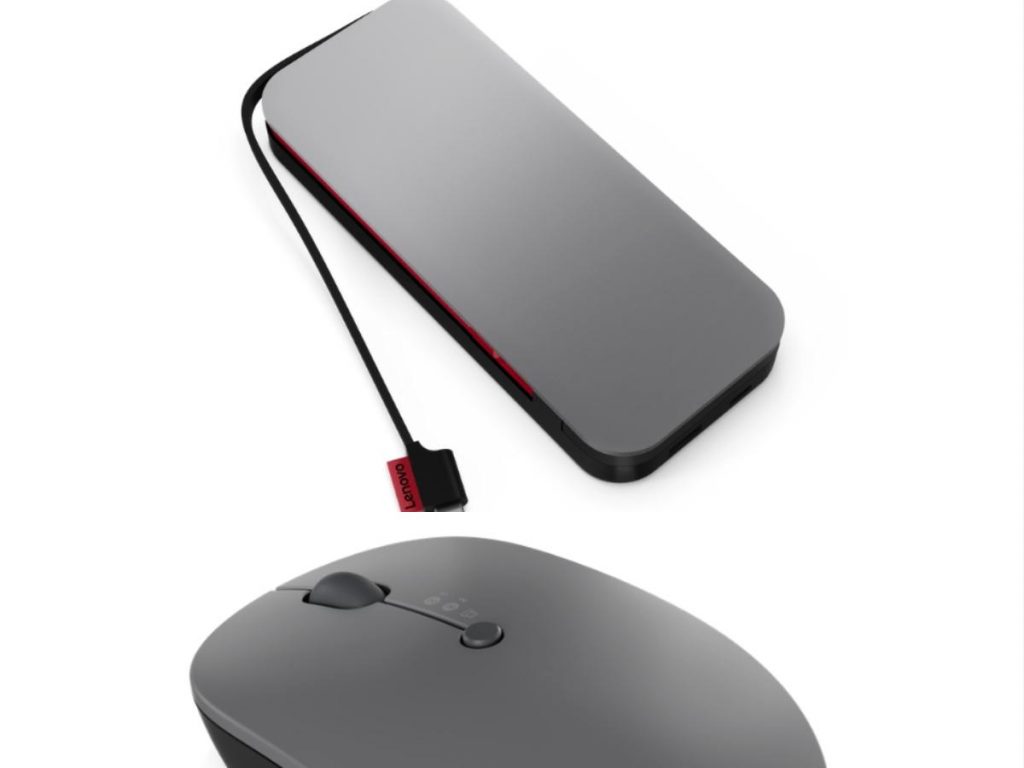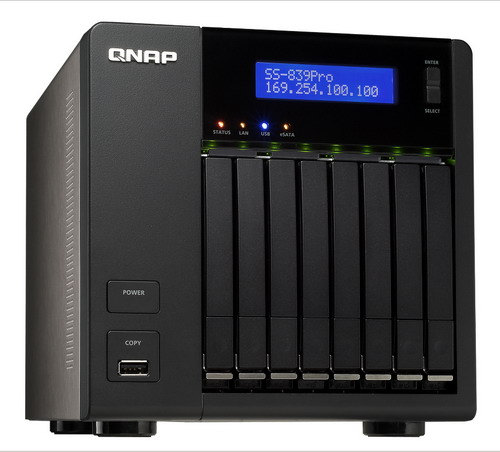Convenient multimedia 2
So, our goal is to output multimedia data (audio and video) to playback devices that provide better quality than ordinary computer speakers or a monitor. In the first case, there should be no particular problems – even heaped 5.1 or 7.1 systems can be connected to a PC with a built-in sound card and an old AC 97 driver by reconfiguring the corresponding ports and specifying the system type. If your PC has an S/PDIF connector
(and it is in most modern acoustic systems), then there should be no problems at all. It should also be noted that the connected speaker system must be active (have a built-in amplifier). If this is not the case (the system is passive), then either you will have to buy a receiver separately (and the price for them is quite high), or nothing sensible will come of this venture.

But when connecting a TV to a PC, there are much more options. It’s worth mentioning right away that, contrary to popular belief, not only modern digital panels, but also old analog TVs can be connected to a PC. True, there will be little sense from this – due to the peculiarities of the NTSC, PAL and SECAM standards, it is often impossible to display a picture on an analog TV that will correspond to a computer resolution above 640×480 pixels. Of course, this is clearly not enough for comfortable viewing of films. But if you still decide to connect analog TV to your computer, then you should use RCA or S-Video connectors for this – they are present even on outdated video cards.
A digital TV is easy to connect via an analog D-Sub port or digital: DVI or HDMI. It is worth noting here that the DVI port is much more common on budget and mid-range video cards, while digital panel manufacturers prefer to equip them mainly with HDMI, so you may have to use an adapter to connect. True, video card manufacturers often include such a cord in the video card package, and even if this is not the case, the cost of the adapter itself is quite small.
Cheap and cheerful
If your flat panel TV has a USB output, you can organize a very budget option. To do this, you will need only an external hard drive, which will cost from $ 50-60 – it will serve as a portable content storage. Naturally, in this case, synchronization with the TV will be carried out exclusively in manual mode J, but if this does not bother you, this option is quite enough to watch movies on a wide screen.
There are also TVs with a built-in hard drive, but updating the content on it, apart from recording TV shows, will also have to be done manually without a network, and it’s hard to call such a pleasure cheap.
Atomic Server
There is another rather interesting and at the same time inexpensive solution for creating a media content storage. It is based on the Intel Atom processor, which, due to low power consumption, can operate in server mode. And for this, you don’t even need to purchase a netbook – it will be enough for the processor itself and the motherboard (about $ 120), as well as an external hard drive with a capacity of a couple of TB (enough for the eyes for the home). Put it all together and put it in, for example, a large shoe box – why not a home server?
And in our apartment NAS …

Although using a PC as a home media storage is quite natural for the average user, it has several significant drawbacks. In fact, in this case, the computer must work 24 hours a day, 7 days a week, if you, of course, want to have round-the-clock access to your video and music library. Obviously, a simple computer is not designed to work in this mode. In addition, a working PC is quite noisy and may keep you or your family from falling asleep at night.
